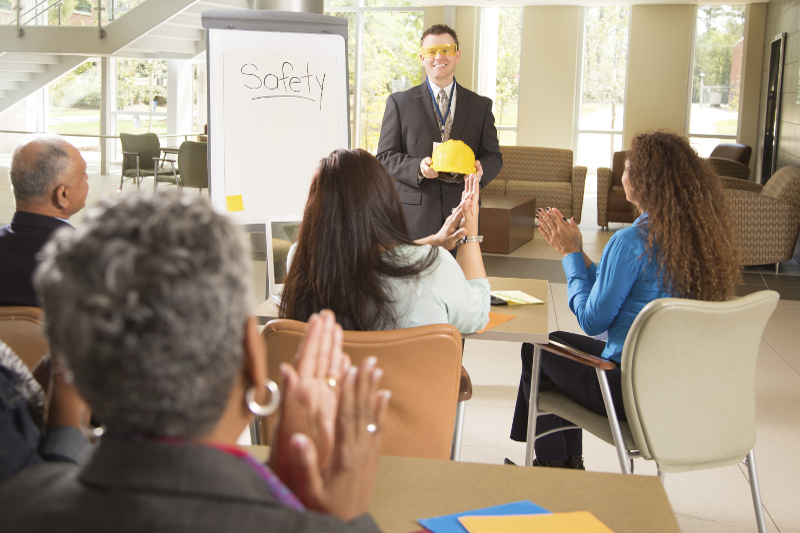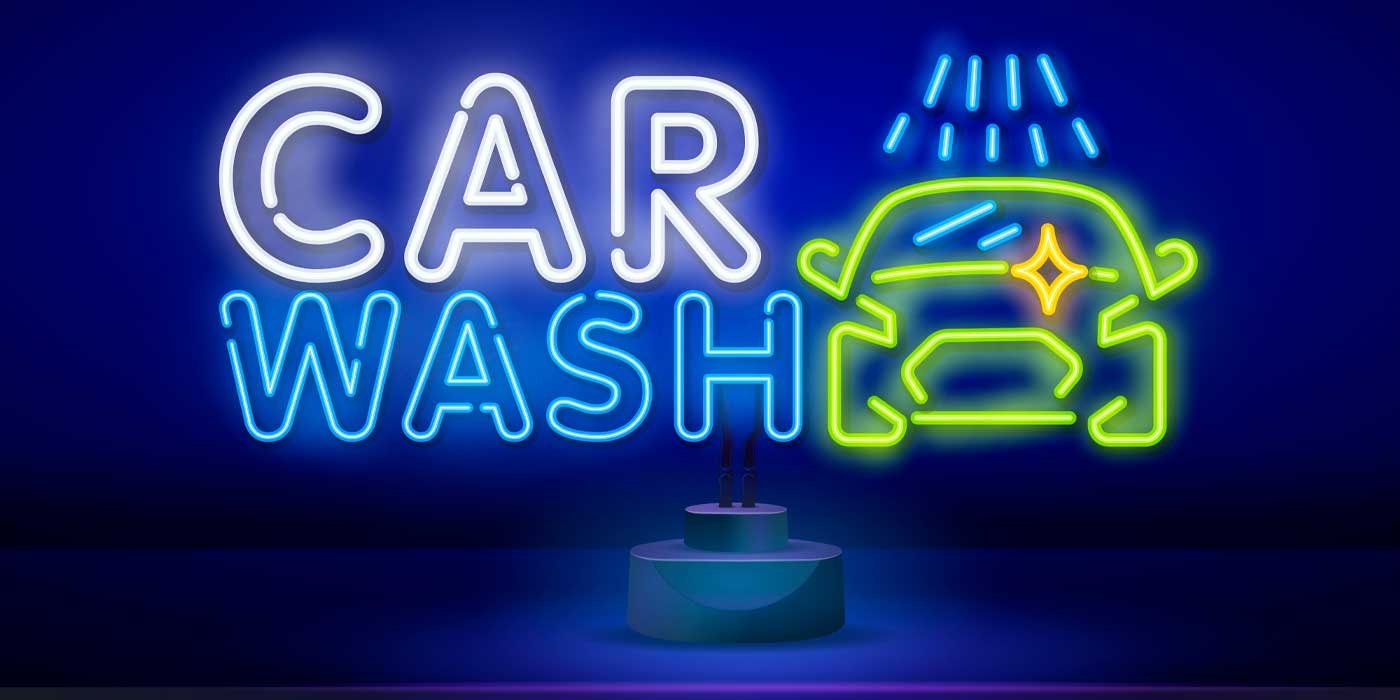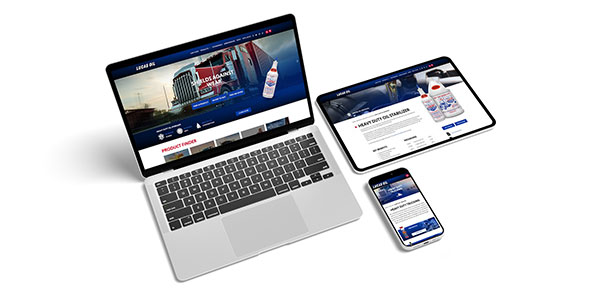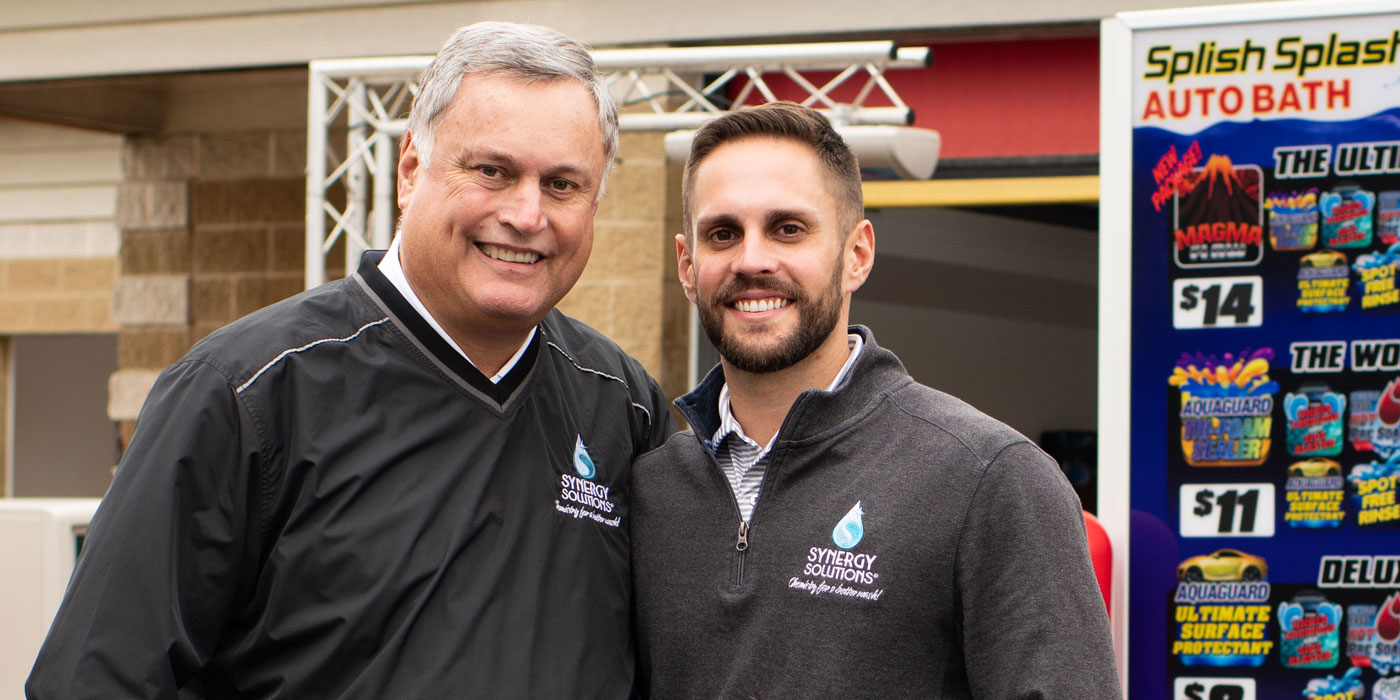Chemicals are an integral part of most, if not all, car care businesses. From foams and soaps to tire and glass cleaners, chemicals are used throughout day to day operations.
Earlier this year chemical usage in the carwash industry made headlines throughout the U.S., after the Centers for Disease Control and Prevention (CDC) issued a report on the potential danger of using these products. Based on a study conducted by the Washington Department of Labor and Industries, the CDC report found new evidence that chemicals in some carwash products may be dangerous for employees, evaluating workers’ compensation reports from 2001-13 which stated that 48 workers suffered burns from products containing hydrofluoric acid (HF).
Following these findings, the International Carwash Association (ICA) reviewed the reports on the use of chemicals and consulted several industry sources. The association then released a statement recommending owners and operators cease using products containing HF or its precursors — mainly ammonium bifluoride, or ABF.
Considering the recent CDC report as well as the frequency of chemical usage in the carwash industry, car care business owners and operators must ensure their employees are properly informed and trained on handling chemicals.
Hazard Communication Standard updates
The Occupational Safety and Health Administration’s (OSHA) Hazard Communication Standard (HCS), often referred to as the “right to know” standard, requires employers to inform and train their workers about potential hazardous chemicals at the workplace.
“It is imperative for every carwash owner/operator to know these rules and regulations, not just to avoid OSHA fines and sanctions, but for the safety, health and knowledge of their workforce,” says Matt Holmes, safety and compliance manager for Simoniz USA.
In March 2012, OSHA revised HCS to align with the U.N.’s Globally Harmonized System of Classification and Labeling of Chemicals (GHS) and published the revision in the Federal Register.
The OSHA Fact Sheet, “Hazard Communication Standard Final Rule,” reported that the “Hazard Communication Standard in 1983 gave the workers the ‘right to know,’ but the new Globally Harmonized System gives workers the ‘right to understand.’” (You can find this fact sheet by visiting www.osha.gov/dsg/hazcom/HCSFactsheet.html.)
According to OSHA, the modified standard contained two significant changes: requiring the use of new labeling elements and a standardized format for safety data sheets (SDSs), formally known as material safety data sheets (MSDSs).
“Employee training for [the] new labels and SDS [requirements] was required to be [completed] by Dec. 1, 2013,” explains Holmes. In addition to the training completion date, other OSHA HCS deadlines, phased over several years, include:
- June 1, 2015: Manufacturers, importers, distributors and employers had to comply with all modified provisions of the HSC final rule.
- December 1, 2015: Distributors are permitted to ship products labeled under the old system by manufacturers until this date.
- June 1, 2016: Employers must update their alternative workplace labeling and hazard communication programs as necessary as well as provide any additional employee training for newly identified health/physical hazards.
To ensure a carwash is in compliance, Shawn Rowan, vice president of sales and global marketing for Ardex Labs Inc., says certain companies will visit a facility to make sure it is meeting all safety requirements. Furthermore, OSHA offers an On-site Consultation Program, which is free and confidential for small and medium-sized businesses across the country, and will not result in any penalties or citations.
“I highly recommend [carwashes] bring in an outside agency that can go through the facility,” advises Rowan. “It shouldn’t take more than a day or two to compile all the information to make sure they are doing everything right.”
Ensuring safe operations
To comply with OSHA regulations and to safeguard all employees from potential health/physical hazards, proper training and protection are essential. “A good training program can reduce accidents and injuries associated with these hazards,” states Holmes. “In addition, well-trained and well-informed employees are much more confident in their actions and produce much more efficiently.”
Having the right knowledge of the potential dangers associated with chemicals as well as the precautions needed to mitigate those risks — for example, wearing the right personal protective equipment (PPE) — helps to enhance employees’ well-being and improve a carwash’s overall operations, continues Holmes.
When it comes to training employees, Holmes recommends carwash owners and operators be as specific to their operations as possible. “There are many programs that cover the general hazards of chemicals, but really getting to know the hazards associated with your specific products, and the types of hazards you most encounter, is paramount,” he adds.
Moreover, Rowan asserts that carwashes must ensure all workers follow the instructions on the chemical products’ labels and institute these instructions into their training programs. “The labels today have all the precautions on them,” he explains. “Follow the precautions on the label, and if they say you should be doing something, do it.”
Although some chemicals are considered safe to handle, Rowan always encourages carwashes to follow the instructions. “Something as safe as body soap can give somebody a reaction,” he notes.
Bomi M. Zarolia, vice president of international business for Cleaning Systems Inc., agrees. “Most detergent products with prolonged exposure to skin can cause irritation, etc.,” says Zarolia. “Gloves, eye protection [and] overalls for employees with a risk of such exposure may be helpful.”
Going beyond the label
Following the instructions on chemical products’ labels is essential. However, equally as important are the manufacturers’ SDSs, which we discussed earlier. “Always read the label and safety data sheet before handling any chemical,” asserts Holmes. “While both will inform you of the hazards, precautions, proper equipment to use and emergency responses to take, the SDS will go much more in depth. [For example], I always wear eye protection and chemical-resistant gloves even if I am not handling any hazardous chemicals.”
Owners and operators must ask for SDSs for every type of product used at the carwash from their suppliers, says Zarolia, adding that carwashes should always have a complete set available at their facilities and ensure all managers and employees are familiar with where the SDSs are kept.
Zarolia also recommends carwash owners/operators have designated locations and procedures to help mitigate any potential exposure to chemicals, such as eye and skin wash stations and procedures.
SDSs should also always include proper storage procedures, states Rowan. And, chemicals should never be exposed to extreme cold or heat, remarks Zarolia. “The key, of course, is to prevent any breakage of containers and spillage,” he adds.
This “spillage” from improper storage can result in employees coming in physical contact with the chemicals. Likewise, says Zarolia, spillage and exposure can occur during refill or transfer of the chemicals.
“Bulky or large containers are most likely to cause such incidents,” explains Zarolia. “[Today], owners can minimize [these] incidents by adapting smaller packaging and [having a] spill-proof setup in their equipment room. Larger containers are also susceptible to cause bodily injuries for heavy lifting. Any injury or exposure to employees subject owners or operators to financial liabilities for treatments and compensations.”
Although failure to abide by laws such as OSHA’s HCS can be costly, they are instituted to help ensure smooth, safe operations for businesses, notes Zarolia. “Laws are developed for safety and preservation of environment for future generations; they are not hindrance to business,” he concludes. “Safe employees are happy and more productive. In the long run, [this will lead to] higher revenue and profitability for owners/operators.”
Sidebar: Common OSHA violations at the carwash
In the article, “Working with OSHA in the new year,” featured in a previous issue of Professional Carwashing & Detailing, we discussed how car care businesses can successfully comply to OSHA regulations. You canread this article here. In this feature, OSHA provided a list of common violations that happen at carwashes:
- Failure to provide sufficient personal protection equipment, such as goggles and gloves
- Failure to provide emergency eye wash stations
- Inadequate communication to workers about their exposure to hazardous substances
- Unprotected or improperly labeled electrical and other equipment
- Violations of heat stress and provision of drinking water regulations
- Inadequate structures to keep vermin away from employee areas
- Insufficient washing and toilet facilities
- Insufficient protections from noise exposure.
For ways to help mitigate potential workplace hazards and to keep employees safe, visit www.osha.gov.














